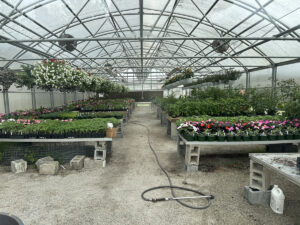News
Fishing for Facts: What to Know About the Clean Water Act
Posted on December 27th, 2019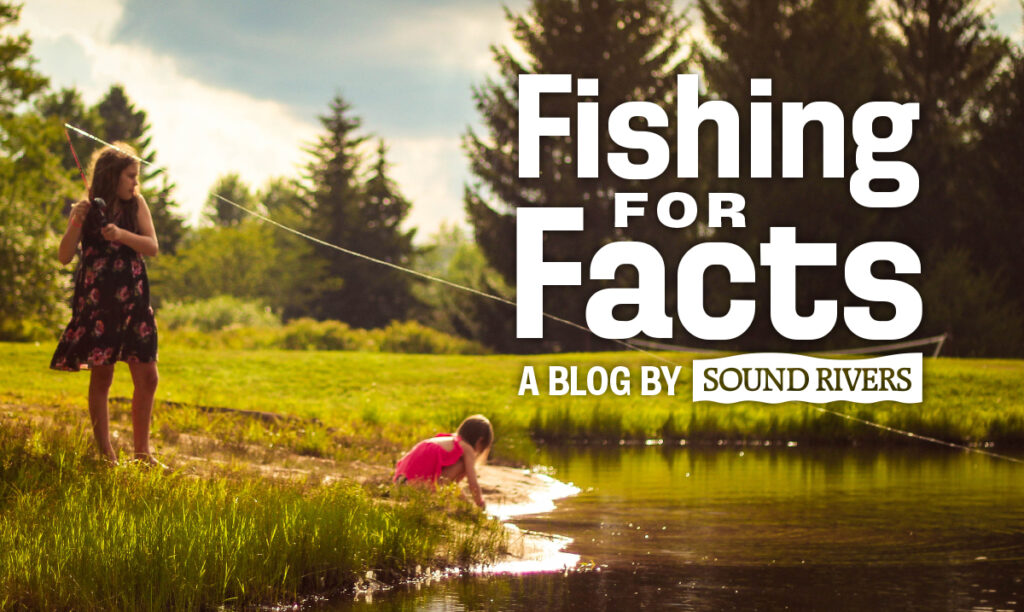
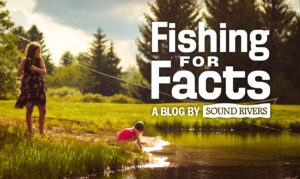 As we head into 2020, we are going to be hearing more about the Clean Water Act (CWA) and Waters of the United States (WOTUS), the rule that defines which bodies of water are protected under the CWA. So, we need to start with some basic understanding of what the CWA, as currently written, does and what it clearly does not do. The Clean Water Act establishes that all “waters of the United States” would be federally protected. However, attacks by industry and developers over which waters should be covered has led to numerous and confusing court rulings. That is why a rule that actually defines what waters are protected is needed.
As we head into 2020, we are going to be hearing more about the Clean Water Act (CWA) and Waters of the United States (WOTUS), the rule that defines which bodies of water are protected under the CWA. So, we need to start with some basic understanding of what the CWA, as currently written, does and what it clearly does not do. The Clean Water Act establishes that all “waters of the United States” would be federally protected. However, attacks by industry and developers over which waters should be covered has led to numerous and confusing court rulings. That is why a rule that actually defines what waters are protected is needed.
In 2015, the Obama administration attempted to do that by issuing the Clean Water Rule. But it didn’t take long for industry and big corporate agriculture to attack the rule, mainly by perpetuating myths and false narratives. The Farm Bureau and other factories of misinformation spread myths such as, “EPA would now regulate puddles,” and a farmer could not even mow without obtaining a Clean Water Act permit. Not to be outdone, then NC Department of Environmental Quality Secretary Donald van der Vaart, speaking at the 2015 NC Farm Bureau annual meeting, perpetuated these myths by suggesting that almost all of North Carolina’s land would now be regulated under the law and farmers could no longer farm or use their land as they had. All of this was false.
First let’s explore the myth that puddles would be regulated under the Clean Water rule. So does the CWA regulate puddles? NO! In fact, section 230.3(s)(2)(iv)(G) of the law states, “The following are not ‘waters of the United States… puddles.” The EPA went one step further for the folks who still don’t get it;they added it to the Preamble on page 176: “The final rule adds an exclusion for puddles…”
Let’s take the rest of the Farm Bureau’s untruths and break them down. The CWA does not add any additional regulation or permits to farms. It does not regulate most ditches (you can’t turn a stream into a ditch, that’s already against the law) and does not regulate groundwater or tile drains (type of drainage system on farms that removes excess water from soil below its surface).
The preamble of the Clean Water rule expressly stated that the rule did not CHANGE EXEMPTIONS FOR AGRICULTURE! Preamble page 8: “Congress has exempted certain discharges, and the rule does not affect any of the exemptions from CWA section 404 permitting requirements provided by CWA section 404(f), including those for normal farming, ranching, and silviculture activities. CWA section 404(f); 40 CFR 232.3; 33 CFR 323.4. This rule not only maintains current statutory exemptions, it expands regulatory exclusions from the definition of “waters of the United States” to make it clear that this rule does not add any additional permitting requirements on agriculture.”
But facts did not matter. The myths perpetuated by industry and polluters worked and the Trump administration repealed the Clean Water Rule. As noted in our lead article, a new, “dirty water rule” is set to be released in early 2020. A rule that will most certainly reduce protections for North Carolina’s streams and wetlands. This is a big fight and we’re ready to tackle it.
We’ll be back with more Fishing for Facts, and Fighting for Clean Water, in 2020!
Related News
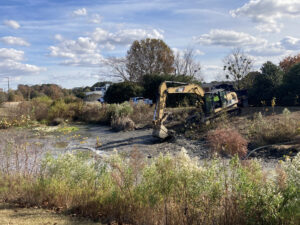
Position available: Stormwater Education Coordinator
April 18th 2024
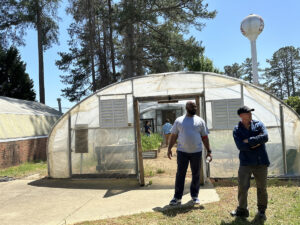
Southern Nash next in line for stormwater projects
April 18th 2024
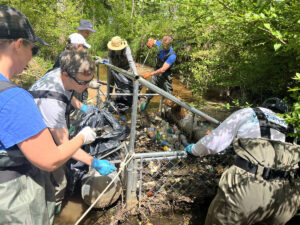
Xylem, Sound Rivers team up for cleanup
April 18th 2024
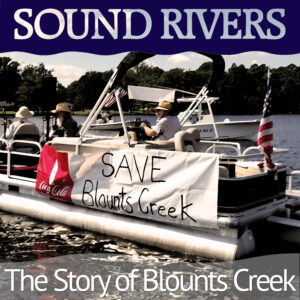
Sound Rivers launches new podcast
April 18th 2024
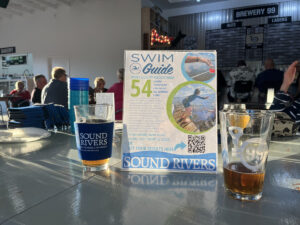
Swim Guide gearing up for a seventh season
April 11th 2024
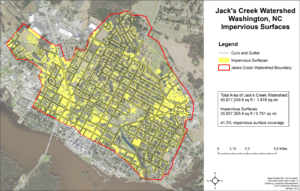
Feedback needed for Jack’s Creek plans, projects
April 11th 2024

Pamlico-Tar Riverkeeper talks water quality
April 11th 2024
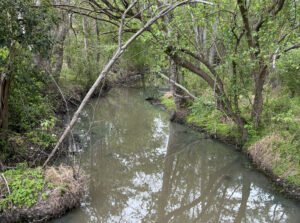
Pamlico-Tar Riverkeeper investigates Maple Branch turbidity
April 11th 2024
